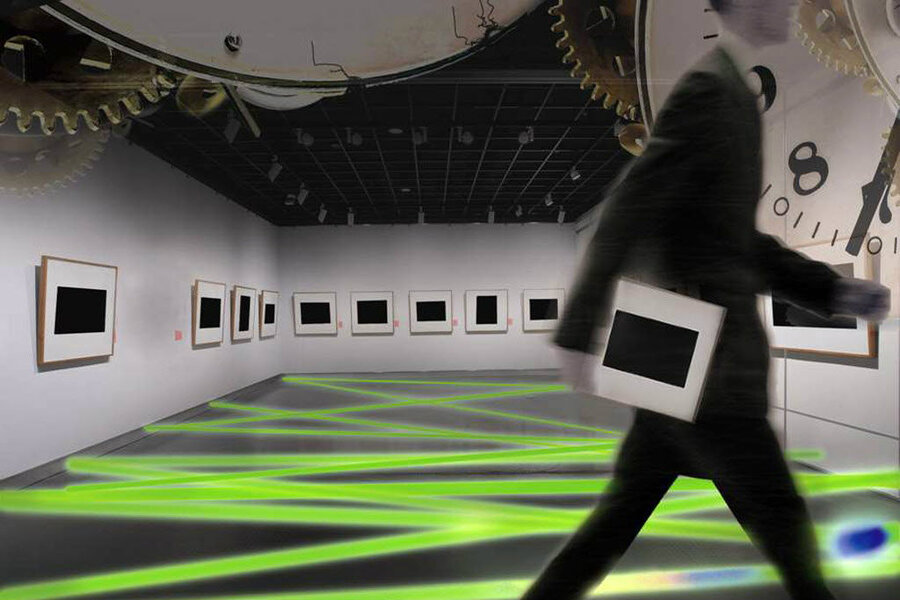New ‘time cloak’ conceals data so well, even its recipients can’t read it
Loading...
It sounds like a spectacular failure: this new technology works less than half the time and only for half the parties involved.
But a paper published in Nature today announces that scientists have found a way to unreliably send out communications hidden so well that even their intended recipients can’t detect that they’ve been sent. It is a stunning development in a previously mostly theoretical effort to develop Star Trek-like ultra-secure communication systems.
“The once fanciful invisibility cloak has now assumed a prominent place in scientific research,” according to the paper, authored by researchers at Purdue University.
The possibility that communications could be folded into a ‘time cloak’ was first proposed in a 2010 paper. In that paper, lead author Martin W. McCall proposed a theoretical “space-time cloak” that “conceals events rather than objects,” borrowing light manipulating technology from prototype invisibility clocks to hide the event of sending the message.
That differs from current encryption technology, which conceals the information from unwanted readers but not the actual event of sending the information. Ill-intentioned spies, though unable to read the message, can then tell that a deliberately encrypted message was sent out, a telltale sign that the parties have something to hide.
Or as Joseph Lukens, lead author of the latest research paper, told Nature: “It doesn't just prevent eavesdroppers from reading your data — they wouldn’t even know there was any data there to hack.”
Previous efforts to put McCall's theory into practice have made some headway: In 2011, a team headed by Alexander Gaeta, an optical physicist at Cornell University in Ithaca, New York constructed a working time cloak that manipulated laser pulses to hide slow-moving data for extremely brief periods of time.
Now, Purdue scientists have built on that research, discovering a way to cloak data 46 percent of the time at the full speed of common fiber optic networks.
The new technology works by manipulating light behavior so that the waves of light cancel each other each out, creating a temporal gap in a light beam that is subsequently closed up. Anything that occurs during that hole in time cannot be detected – unfortunately, not even by the intended recipients.
For now, this may be a reasonable method of communication for those of us prone to sending messages we later regret. With the ‘time cloak,’ non-receipt is currently guaranteed.








